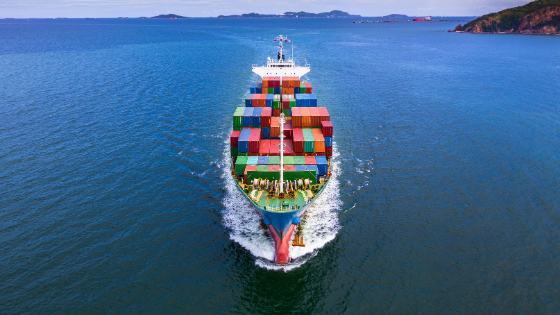What You Need to Know About Safety in Maritime
Safety in maritime is an incredibly complex issue. It’s also a first priority for anyone who knows the needs of the industry. Here’s what you need to...
Do you know where to get the maritime safety information your crew needs? Here’s a quick overview of where to turn.

Before you head for the open seas, what maritime safety information does your crew need to have on hand?
That’s a trickier question than you would think. Maritime safety and security go hand-in-hand, which means that a broad array of federal agencies have jurisdiction over maritime safety and each of them offers a different angle on maritime safety.
Here’s where to turn if you’re looking for maritime safety information and what agency offers what information.
The first concern is where to get maritime safety information. Since maritime safety and maritime security overlap, and maritime security is also a national security concern, this question is more complicated than you think.
Because the Occupational Safety and Health Administration (OSHA) has jurisdiction over most private sector workplaces, they do offer maritime safety standards related to worker health and safety. However, because maritime is necessarily a transport industry, it also falls under the purview of the Department of Transportation (DOT), specifically the Maritime Administration (MARAD).
That said, the Coast Guard presence in the maritime domain means that they are regularly involved in maritime safety advisories. The Coast Guard manages the National Maritime Center, and because the Coast Guard falls under the Department of Homeland Security, DHS is also involved.
With regards to national security, the U.S. military has a vested interest in protecting maritime security (and, by proxy, maritime safety). This means that the National Geospatial-Intelligence Agency (NGA) is a major provider of maritime safety information, particularly through its Maritime Safety Office.
As you can guess, each of these agencies produces a different type of maritime safety information.
The NGA’s Maritime Safety Office is responsible for providing global maritime geospatial intelligence in support of:
MARAD, on the other hand, is responsible for fostering the maritime industry to strengthen the maritime transportation infrastructure. Within the Coast Guard, the Directorate of Inspections and Compliance offers guidance for the safe operation of marine vessels and facilities.
As such, the key to maritime safety information is knowing where to turn based on the information you need.
The NGA, for example, offers navigation warnings on a subscription-based service, as well as notices to mariners. The Coast Guard’s Navigation Center offers a broadcast of marine safety warnings. MARAD regularly publishes data and reports of use to maritime safety teams.
As a safety team, your job is to turn to the right place – and know how to bring information together.
The work of a safety team never ends. Maritime safety teams have to be unusually versatile, ready to adapt to rough waters and swim in multiple areas with equal comfort.
It helps to have the right tools for the journey. That’s where we come in, with maritime EHS software designed to meet the unique needs of maritime safety teams. Want to see our software in action? Get in touch today to learn more.
Further Reading:
Safety in maritime is an incredibly complex issue. It’s also a first priority for anyone who knows the needs of the industry. Here’s what you need to...
What is maritime stewardship, and how does it impact your business? Here’s what your maritime safety team needs to know.
Maritime safety courses are an investment in the future of your business. Here are three reasons why maritime safety courses are so important.
Subscribe to our blog and receive updates on what’s new in the world of EHS, our software and other related topics.